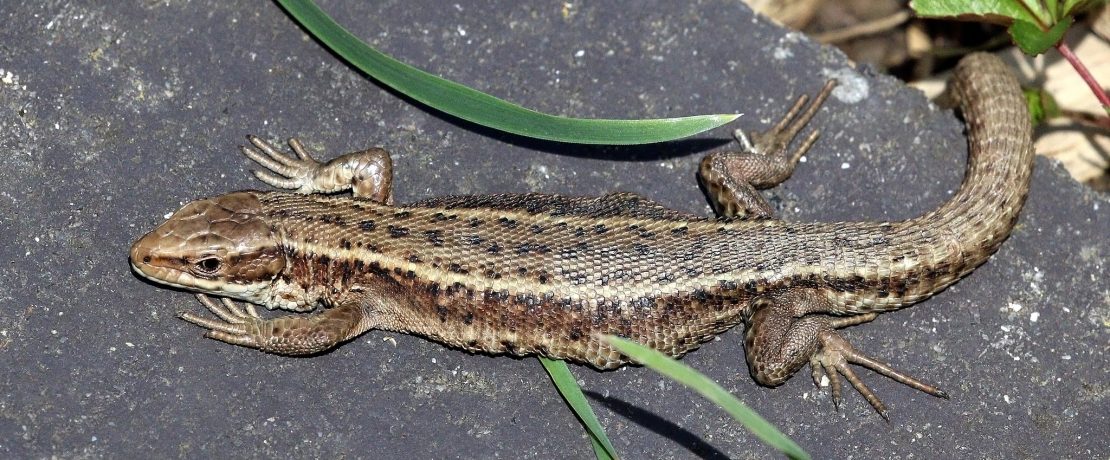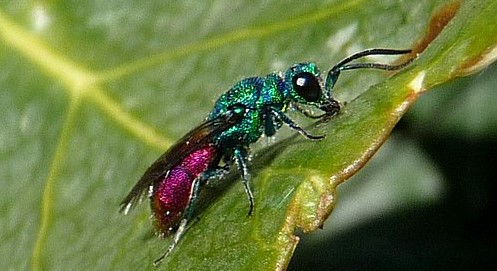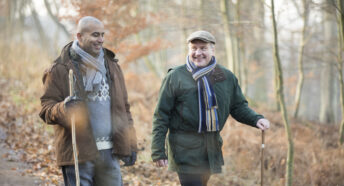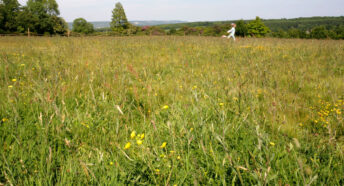Noticing nature: summer wildlife to look out for
Little moments of joy in nature help to brighten our days, and there are plenty more to look forward to as summer arrives. How many of these natural treasures will you spot?
Common lizards like the one pictured here are widespread across the UK. On a sunny day, you might see these brown, green and black reptiles basking on logs or wooden fences. Once they’re suitably warmed up, they’ll scuttle into the undergrowth in search of tasty insects, slugs, spiders and worms!
Like some other UK reptiles, they give birth to their offspring rather than laying eggs. This gives them their other name ‘viviparous lizard’, meaning that they produce live young. The births normally happen in July and August.
Slow worm
This legless lizard with a glossy brown or reddish body also gives birth to its young, who then wriggle out of their egg membrane soon after emerging. Slow worms often turn up in gardens where they will help keep the number of slugs and snails down! They can be incredibly long-lived, with one in captivity reaching the age of 54. In the wild, the lifespan is more likely to be 20-30 years – still not bad for a little legless beast!
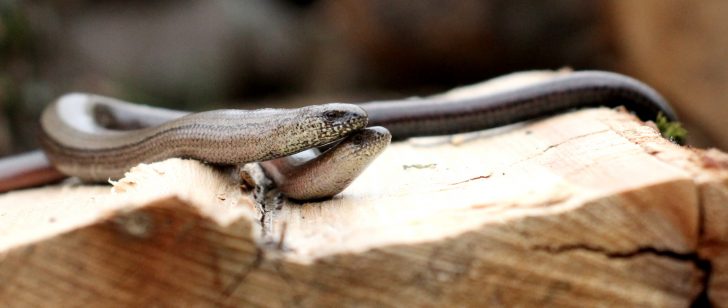
Common spotted orchid
Of the 50 or so orchids you might see in the UK, this is the one you’re most likely to come across. It can grow up to half a metre high, with a tall pink, white and purple flower spike. Common spotted orchids grow in woodland, alongside hedgerows, in marshes and along roadside verges. They’re found throughout England, apart from much of Cornwall and Devon.
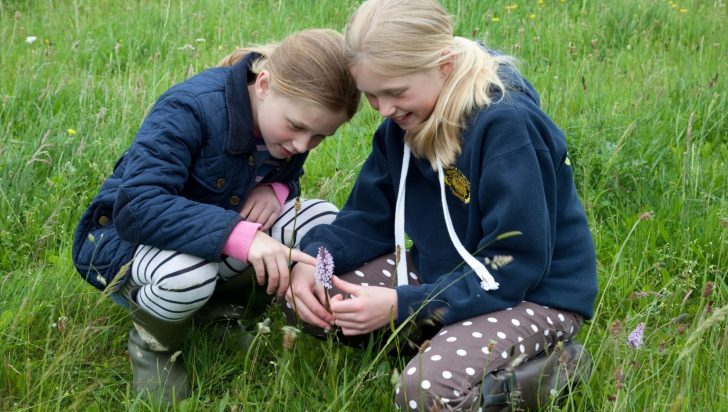
Ruby-tailed wasps
The tiniest creatures can often be the most fascinating, like these centimetre-long flying jewels. There are several similar types of ruby-tailed wasps, all with a metallic red, green, blue and bronze sheen. Look out for tiny holes in sandy paths, banks or tree trunks where solitary bees are flying in and out, and you may spot these wasps too. The female wasp sneaks into the bee’s nest tunnel and lays its eggs beside those of the bee. When the wasp larvae hatches, it eats the newborn bee!
Swift
Is there a bird more exuberant, graceful or utterly bizarre in English summer skies? Swifts are extraordinary birds, eating, drinking, sleeping, mating and bathing on the wing. A young swift, upon leaving the nest, will be completely airborne for two or three years before it raises chicks of its own. Make the most of them during the twelve weeks they’re here. And if you can, do consider putting up a swift nest box, as our tidy modern homes lack the nooks and crannies they’d have once nested in.
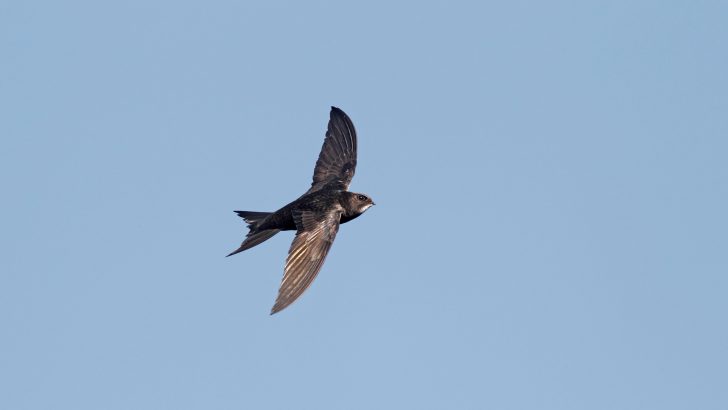
What have you noticed on your walks? Let us know on Twitter, Facebook or Instagram.
